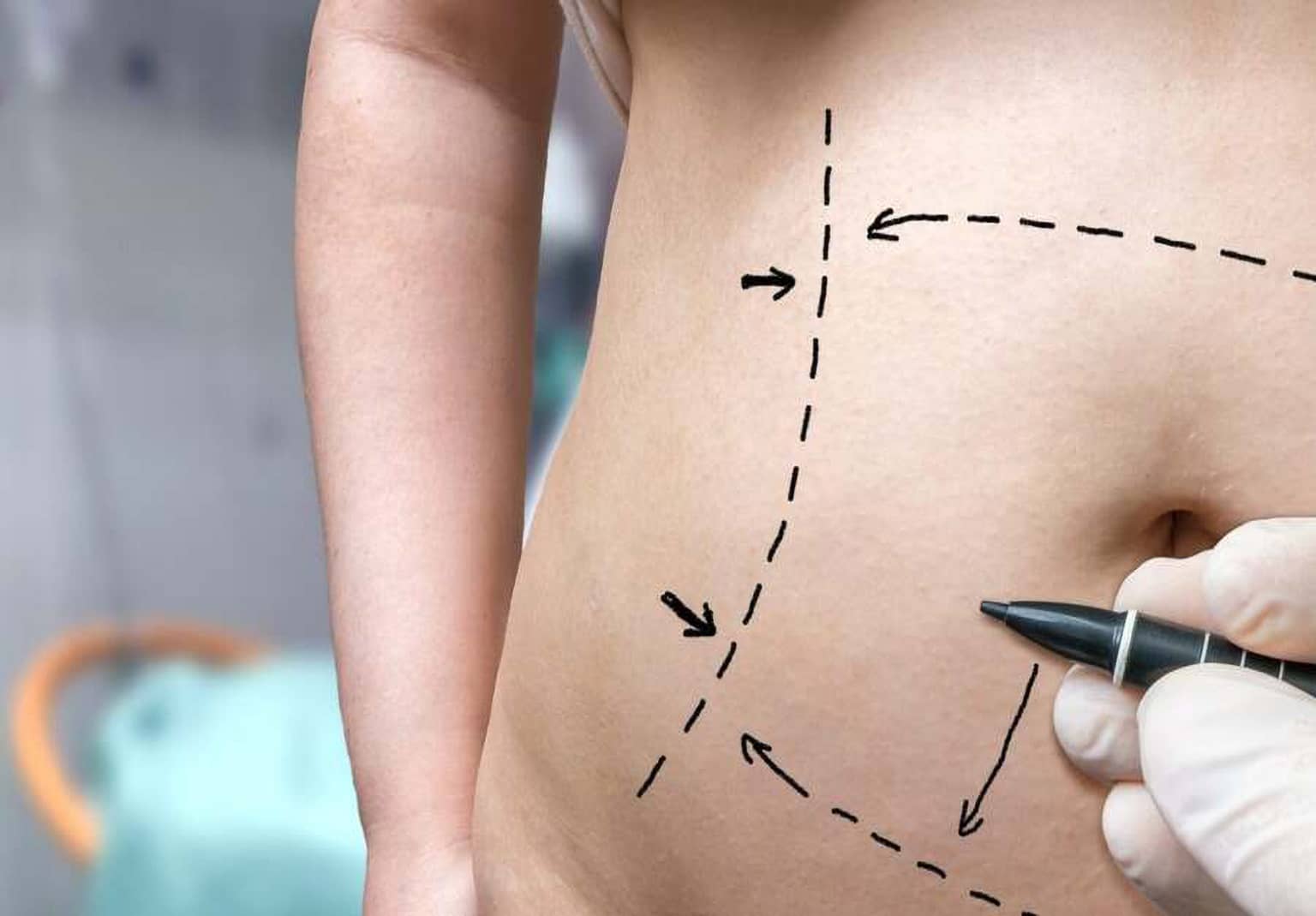If you are interested in having breast augmentation, you are not alone. As one of the most common cosmetic surgeries in the United States (with over 480,000 procedures performed in the last two years alone), the demand for this surgery continues to be steady every year.
As patients begin to consider breast augmentation, education about the different types of available breast implants has never been more important. Depending on a patient’s desired outcome, body type, and previous medical history, the surgeon performing your procedure will be able to provide helpful advice and recommendations when selecting the best breast implant for your needs.
As a leading provider of cosmetic surgeries and breast augmentation in St. Charles and the Chicago area, Dr. Ghaderi is committed to providing high-quality education about the most common cosmetic procedures. Here is everything we want you to know about the different types of breast implants available on the market today:
What are Breast Implants?
Breast implants are a form of prosthesis used to help enhance the shape and size of a woman’s breasts. Often used for cosmetic surgery purposes, they are also commonly used to reconstruct the breasts after a mastectomy surgery in patients with breast cancer.Breast implants are used for increasing size and restoring fullness and volume to the breast.
Breast implants, which vary in shape and size, are surgically inserted into the chest. They can be placed either above or below the muscle to create the desired look. During your consultation with a board-certified plastic surgeon, you will discuss the most common risks, benefits, and complications associated with having a breast augmentation. At this appointment, the surgeon will also discuss the size and type of breast implant that best fits your body and desired outcome.
Having some additional knowledge about the existing types of breast implants before this appointment can help you make the best-informed decision about which type of breast implant is best for you.
The Different Types of Breast Implants
With many different manufacturers making high-quality breast implants, knowing the difference between the primary types of breast implants prior to your surgery is important. The most common types of breast implant include:
- Saline-filled breast implants — As one of the most common types of breast implants, saline implants are prostheses with a silicone shell and filled with the desired amount of saline fluid. The amount of saline in each breast implant determines the size of the breast after surgery. Saline-based breast implants are filled during the actual surgery after being placed. Saline-filled breast implants are approved by the U.S. Food and Drug Administration (FDA) for breast augmentation surgeries on women over the age of 18.
- Silicone-filled breast implants — Alternatively, silicone-filled breast implants are made from the same silicone shell but are filled with a gel-based silicone product. They come with either a smooth or textured surface, though the smooth option is more commonly used across the country. They are pre-filled to different volumes. Silicone-filled breast implants are approved for breast augmentation surgeries in women over 22 or for breast reconstruction after surgery.
- Breast expanders — Only used after a mastectomy, breast expanders are thick-walled saline breast implants designed to stretch and maintain a patient’s chest shape before reconstructive surgery is completed. They are not long-term implants and are only used to expand the skin before placing a permanent implant – such as saline or silicone.
Important Breast Implant Information
Besides choosing between the available breast implant options, there are other important considerations worth noting before deciding to go through with breast augmentation:
- Breast implants are not life-long devices — Unlike other implants designed to stay in the body for the remainder of a person’s life, breast implants do not last a lifetime. Implants last, on average, about ten years. Because of this, it is common for women who undergo breast augmentation surgery to keep in mind that they may need to replace their implants at some point. The replacement is a shorter recovery time than the initial implant surgery and involves less downtime.
- It is possible for breast implants to rupture — Despite being incredibly durable, both saline-filled and silicone-filled breast implants can rupture. A saline implant will leak and deflate, while a silicone implant is made to gel together. Either way, a replacement of that implant is recommended.
- Breast augmentation is still surgery — Breast augmentation is performed under anesthesia. Although recovery is rapid for most patients, ensuring that you have the recommended time off from work and other responsibilities is essential for your body to heal after the surgery. With many confusing titles and terms out there, search for a board-certified plastic surgeon to perform your surgery. This title is given only to surgeons that have undergone all necessary education, training, and credentialing as recognized by the American Board of Plastic Surgery.
- Breast augmentation is not a great fit for every patient —Despite their best intentions and goals, some patients are not well suited for a breast augmentation. Depending on various factors, including past medical history, mental health status, and desired outcome, a breast augmentation may not be recommended for all patients. A consultation with your surgeon will allow you time to discuss these factors.
Breast Augmentation with St. Charles Plastic Surgery
As a board-certified plastic surgeon, Dr. Bahram Ghaderi is proud to offer high-quality surgical care to all of his patients in the Chicago area. Committed to lifelong learning, Dr. Ghaderi and his team are constantly staying up to date on the most recent technological advances in the world of plastic surgery.
Please feel free to contact us for more information about our services or to schedule a consultation. We look forward to hearing from you!





